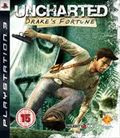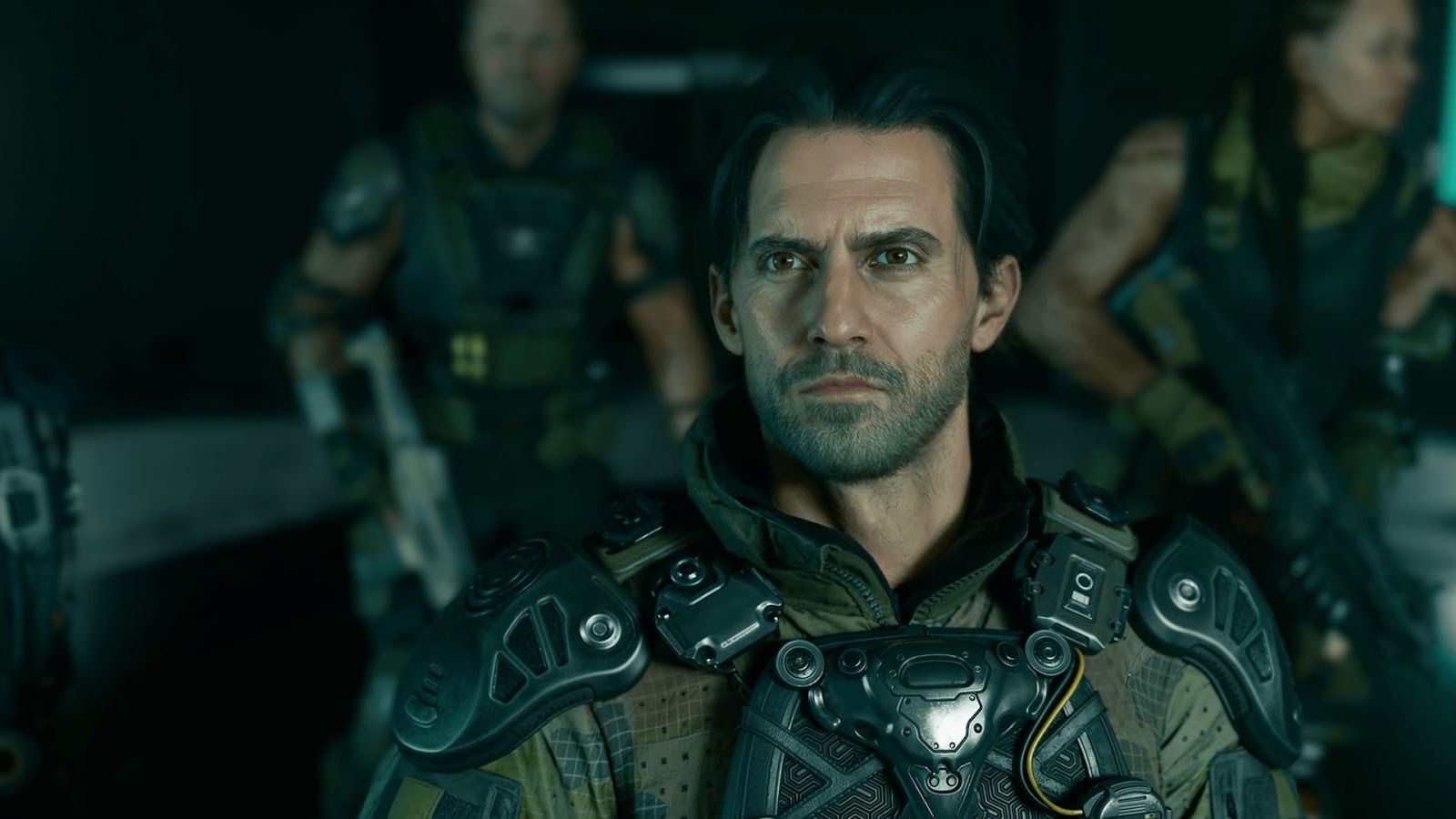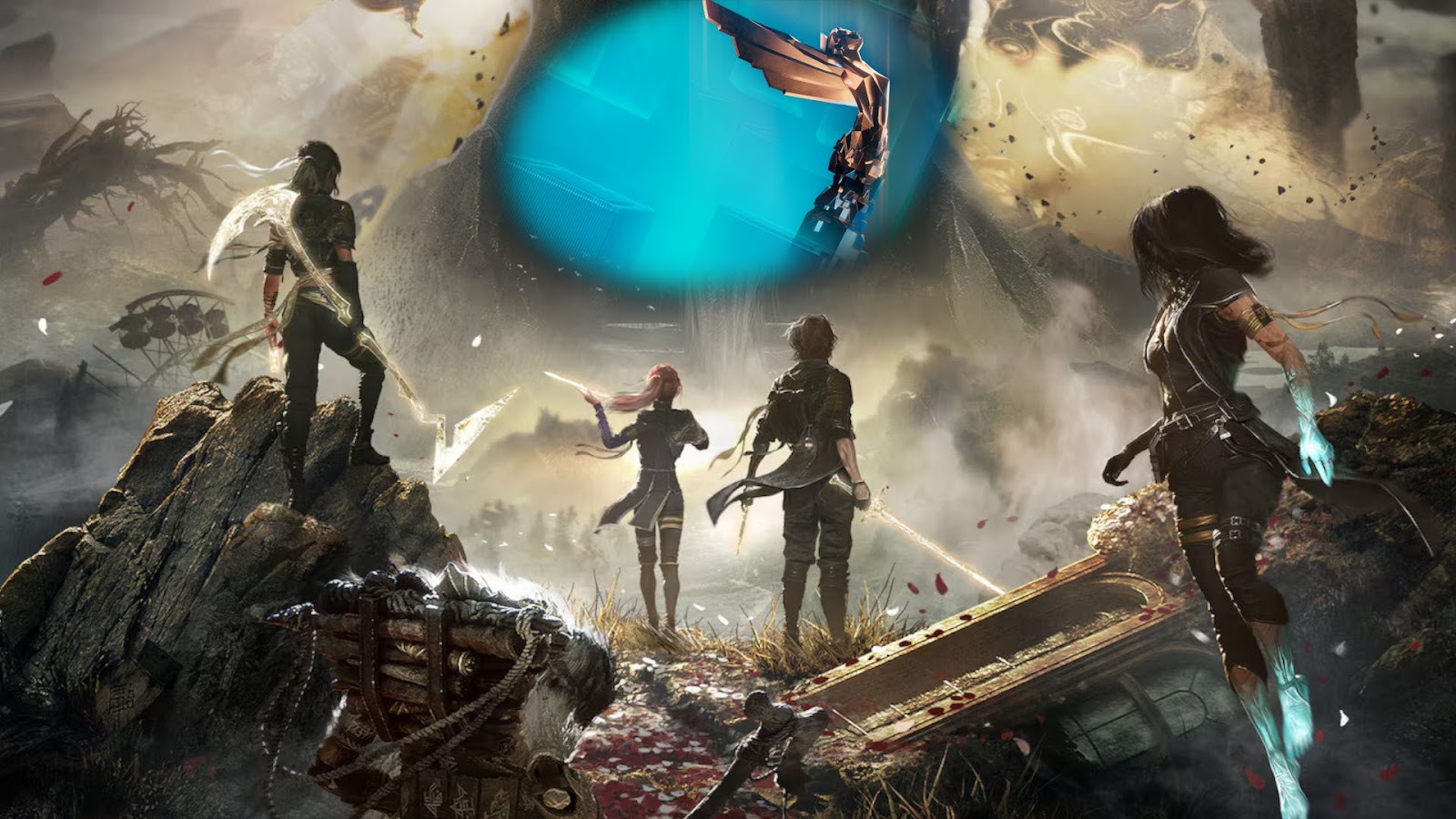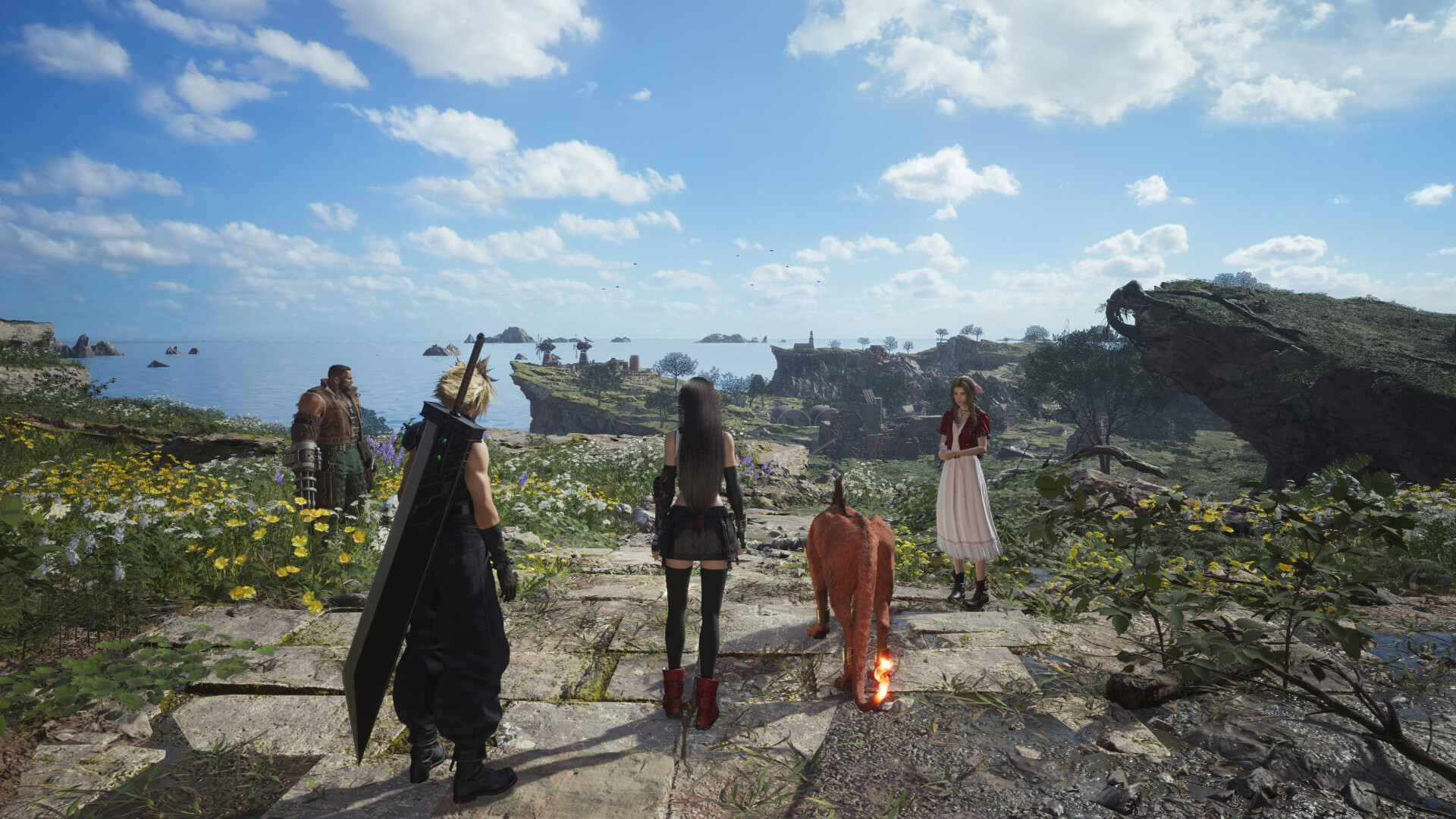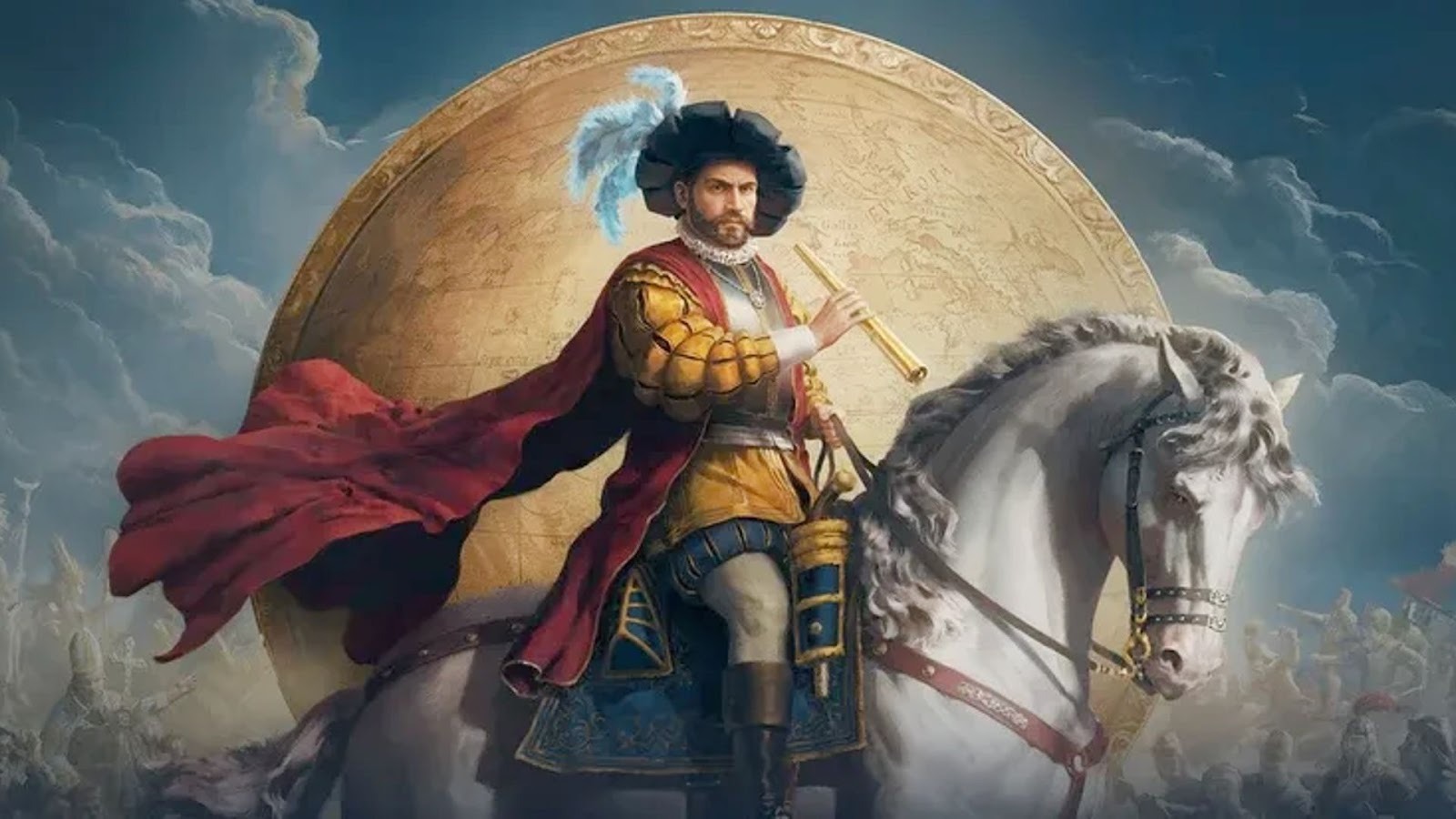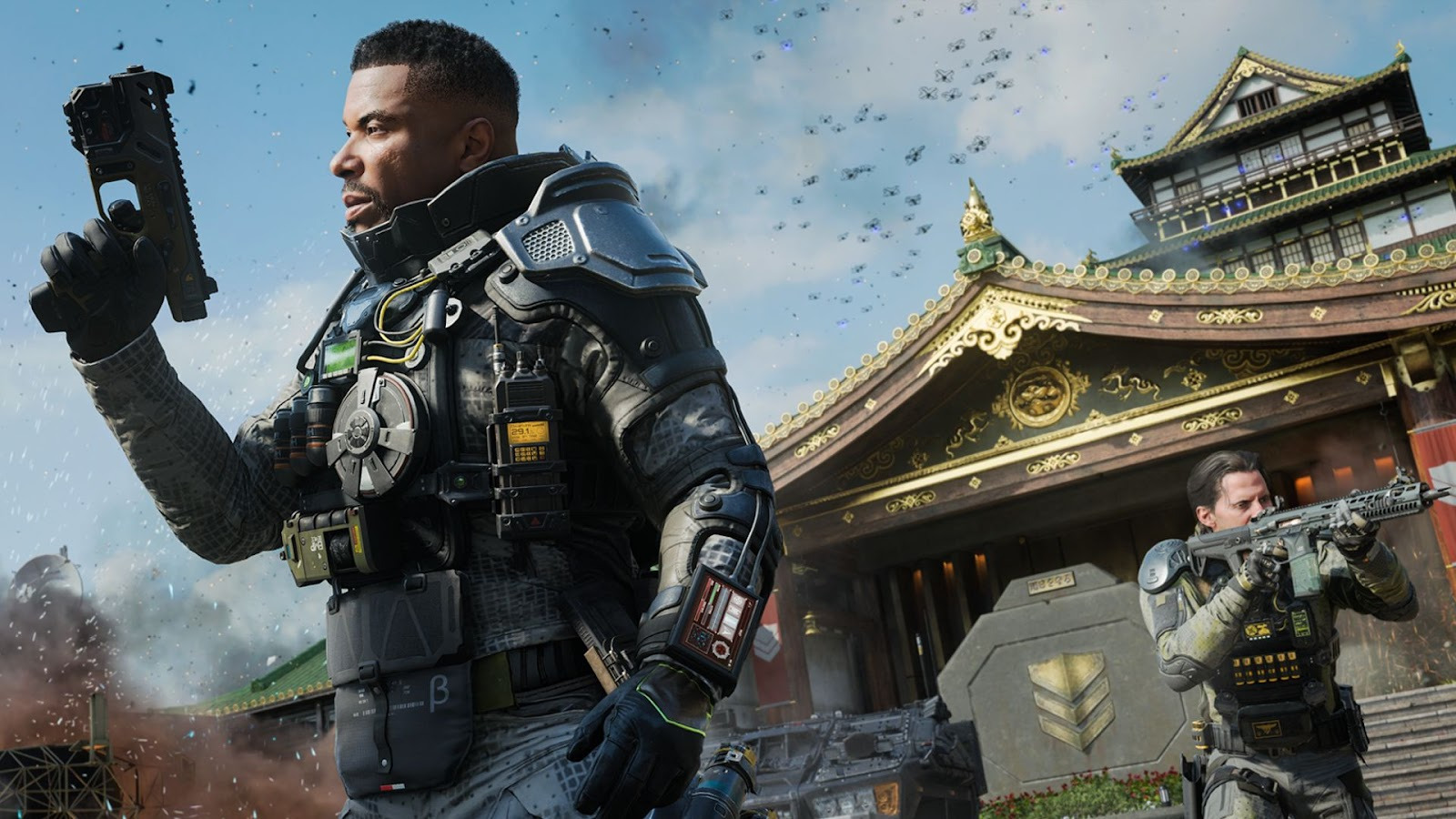You can trust VideoGamer. Our team of gaming experts spend hours testing and reviewing the latest games, to ensure you're reading the most comprehensive guide possible. Rest assured, all imagery and advice is unique and original. Check out how we test and review games here
Who could not have fallen head over heels in love with Uncharted 2’s tightly honed action sequences, gorgeous design, and pitch-perfect dialogue? It is, in my mind, currently the finest action-adventure experience of this generation.
I say experience because the Uncharted series doesn’t conform to the wearying production-line mentality that blights the context and narrative of so many other blockbuster titles. Both Uncharted games are singular, unique entities that stand confidently on their own individual merits – while the sequel is easily the superior game, each is a well-rounded and complete adventure that sticks to some basic plot mechanics but executes them perfectly, and without the need for messy cliffhanger resolutions or any other nebulous, franchise-extending tactics.
This week sees the re-release of Uncharted: Drake’s Fortune and its sequel, Uncharted: Among Thieves, bundled together and sold at a budget price. These are games you should own, because the series belongs in the extraordinarily slim category of games that are actually important.
The story starts in 2007 with the release of Uncharted: Drake’s Fortune – a title whose virtues are too often forgotten so that people can mention the awkward bits on the Jet Ski. While the game suffered slightly from a few too many staid action sequences, and the combat started flagging a few hours before the game hit its denouement, Amy Hennig’s charismatic script fostered a context more than engaging enough to ferry players to the end credits.
My first exposure to Uncharted came via a phone call, where a friend told me it was absolutely revolutionary because Nathan Drake’s running animations were totally beyond comparison. When he ran down stairs, I was told, he shifted his feet to the side and bobbed down the steps. I wasn’t a PlayStation 3 owner at this point, but I was not allowed to change the topic of conversation until I agreed to take a look.
Me? I was sold on some of the other animations: Drake’s cautious yet resolute jog, his bounding determination, and the noticeable strain in his face as he sprang into yet another death-defying leap. Together with the exemplary and delicate voice work of the superb Nolan North – easily setting the bar for all voice actors in games, and probably one of the reasons he was subsequently hired to lend his vocal talents to absolutely everything – whose elegantly delivered quips helped lift the character far above the medium’s pathetically low standards.
So, yes, I bought a PlayStation 3 for Uncharted. I don’t regret it, Jet Ski levels and all.
Uncharted: Drake’s Fortune opens with two of the main characters – Drake and Elena – recovering the coffin of Sir Francis Drake from the ocean floor. The series is born from the same kind of glossy adventure thriller that underpins Indiana Jones and – more appropriately – Robert Zemeckis’ Romancing the Stone, with the lifeblood of all these tales inspired by adventure serials from the 1930s.
Subsequently, Drake and his partner Sully, an aging, moustachioed smooth-talker with a taste for cigars and ladies, ditch Elena to scour through Sir Francis’ notebook in a bid to discover El Dorado. As Elena inevitably claws herself back into the picture, the team skirmish their way through monasteries, forests, and port towns. Working against the gang is Atoq Navarro, an opportunistic mercenary leader with an army of thugs, and a supernatural curse that is inevitably best left forgotten.
It’s a tale of comfortably recognisable twists and turns, where even the script comically laughs off earlier suspicions that Sully might be working against Drake. The characters rattle off one-liners between frequent hails of gunfire, and ornate structures are pillaged, ransacked, demolished, exploded, and reduced to rubble.
If the original game falls short of true greatness – and it’s still a thoroughly excellent adventure game – it’s because of pacing. Naughty Dog’s freshman effort is blatantly trying to compete with the big boys, and to do so the developer tries to up the ante with each subsequent cutscene and gunfight. In the end you’re left with an adventure that never gives itself a chance to breathe.
The same can’t be said for the 2009 sequel, Uncharted: Among Thieves. Naughty Dog’s sophomore production exudes a greater degree of confidence, expertise, and ambition, raising the drama and splendour of its more adventurous set-pieces before paring back the action to focus purely on its character, and to let the player catch up with the story.
God, as they say, is in the details. Here are some of my favourite bits in Uncharted 2: when Drake tells Sully he always follows the hose; when Elena asks to score a particular moment out of ten; when Chloe stumbles upon Drake making shadow puppets in prison, and her reticence to playing Marco Polo in a swimming pool; patting the Yak; the entire sequence that follows afterwards with Temzin; and actually blowing up that tank towards the end.
The game starts with a bang. Drake wakes up, his body bruised and broken, in a derailed train dangling perilously over the edge of a cliff. In its opening moments Naughty Dog is showcasing both Uncharted 2’s upgraded technology and wider spectacle, and as Drake makes his daring and dramatic escape from the carriage the game transitions back a few months to a sequence set in some simpler times.
Throughout the next few hours Naughty Dog slowly ratchets the action back up to boiling point, as Drake and his adventuring partner Chloe Frazer (voiced perfectly by Claudia Black) embark on a quest to find the Cintamani Stone and the mythical land of Shambhala. Along the way we get to see Drake chased by a truck, escape a collapsing building, shot at multiple times, thrown in prison, and eventually reunited with Elena.
When the game returns to Drake escaping the derailed train carriage – Naughty Dog is confident enough in the power of the sequence that it makes you play through it twice – the player has then gone through a sweeping crescendo moment that peaks seconds before the game’s opening gambit. But instead of trying to immediately build on the drama, Naughty Dog slows the action down to a crawl and puts a recovering Drake in a quiet Tibetan village with a new sidekick, Temzin, who doesn’t speak English.
Towards the end, however, the pace goes off the boil – the final encounter with the villainous Zoran Lazarevic is an unpleasant slog, especially on higher difficulties. For the most part, however, Uncharted 2 is a pitch-perfect example of decent video game storytelling – it feels like a genuine story-driven adventure – which few other studios, outside of Valve and Bungie, have ever been able to match.
With Uncharted 2 showing Naughty Dog as masters of pace and metre, perhaps the series’ biggest problem now lies in the inherent need to incorporate its game alongside its context. Outside of combat Drake is a scrappy rogue, full of wit, charm and emotion, but when the goons start pouring in he’s a lethally precise mass murderer – it’s like watching the core tenet of the Rambo movies playing out again and again. True, his pugilism and sharpshooting may never match the athleticism of some of his contemporaries, but when you’re hiding behind a rock dispatching wave after wave of enemies it’s easily possible to lose sight of the character. But would it even be possible for Naughty Dog to make a third-person shooter without such moments?
The question, then, is where the series can develop for Uncharted 3. Naughty Dog has already proven itself an expert of single-player design, and few people who’ve played the recent Uncharted 3 multiplayer beta would question the studio’s ability to fashion an excellent online game. Perhaps, in this instance, more of the same would be more than enough.
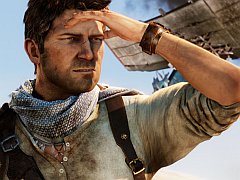
/https://oimg.videogamer.com/images/cb84/uncharted_2_56.jpg)
/https://oimg.videogamer.com/images/d6c9/uncharted_2_42.jpg)
